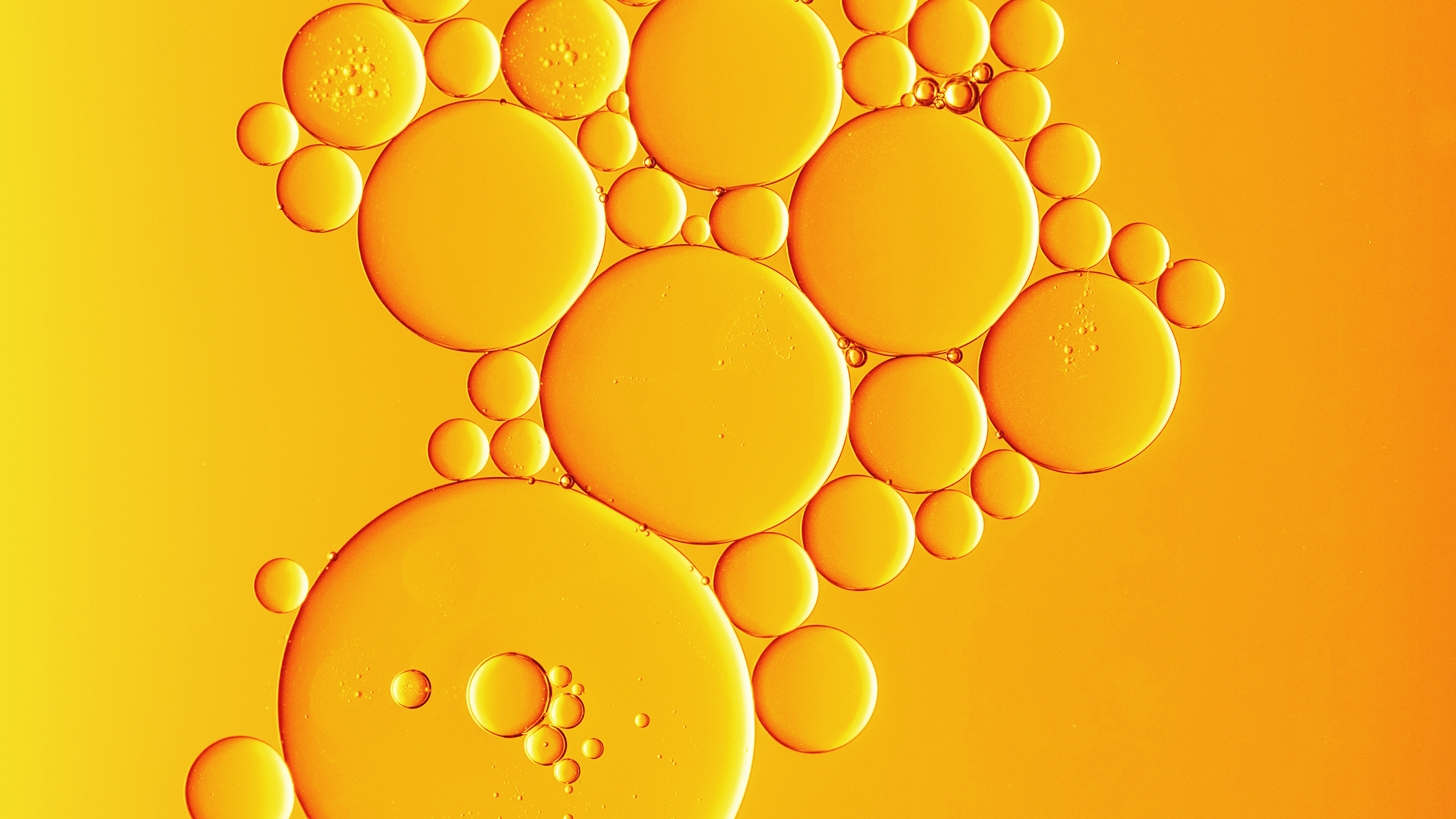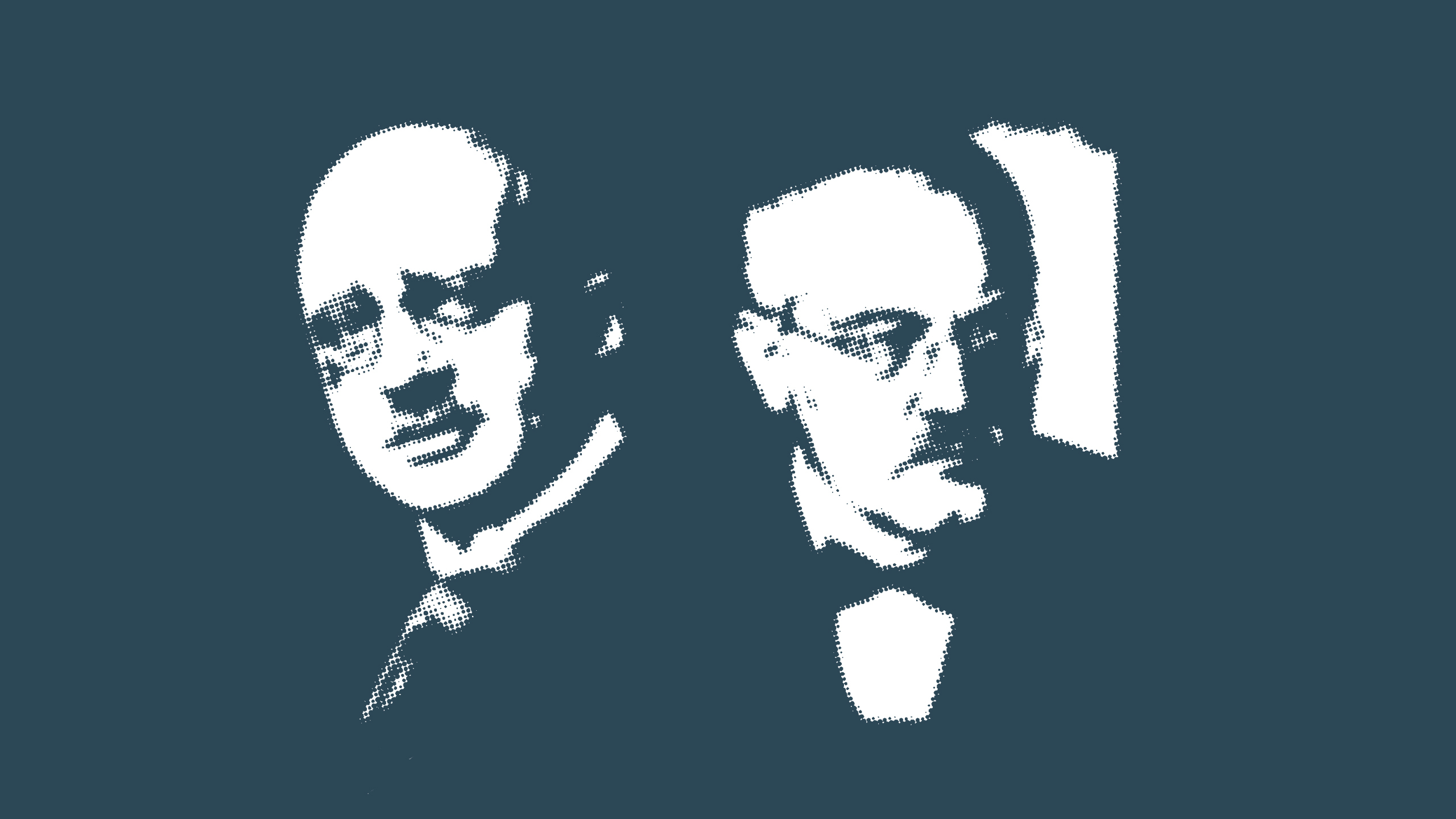A green Haber-Bosch synthesis: exploring a key component of the Solein bioprocess

Dr Juha-Pekka Pitkänen
CTO, Co-founder, Solar Foods
One of the core building blocks of any protein, including Solein®, is nitrogen. Solar Foods gets the nitrogen needed to grow Solein from ammonia (NH3): that ammonia is made using the well-known process of Haber-Bosch synthesis.
Most experts are probably quite familiar with Haber-Bosch, but here’s a little history and recap for anyone else:
The Haber-Bosch process was developed by German scientists Fritz Haber and Karl Bosch in 1909. At the time of its development, it became the first chemical process that truly enabled the manufacture of ammonia on an industrial scale. In the process, nitrogen (N2) reacts with hydrogen (H2) to produce ammonia, which itself is a compound of one part nitrogen, three parts hydrogen:
N2 + 3 H2 → 2 NH3
The Haber-Bosch process has had a revolutionary impact on food production as it enabled the large-scale manufacture of fertilizers. It is one of the reasons humanity has been able to produce the crop yields it has over the modern era.
The downside is that the process sources the hydrogen it uses from natural gas: this also creates carbon dioxide emissions. However, there’s a way to make the process more sustainable.
Eliminating the carbon dioxide sidestream
Solar Foods is dedicated to producing Solein as the most sustainable protein in the world. Even with the traditional Haber-Bosch synthesis at play, Solein would still be just that: our current calculations of its environmental impact assume the ammonia used is not manufactured with a green process.
In the traditional Haber-Bosch process, natural gas is used to produce the hydrogen for the chemical reaction. Natural gas contains a great deal of methane, so we’ll use it here to demonstrate a simplified outcome of the process:
CH4 + 2 H2O → 4 H2 + CO2
The outcome is hydrogen, which we wanted, but also a sidestream of carbon dioxide, which we would prefer not to have. Now, if we take water and use an electrolyzer powered by renewable energy, the outcome is cleaner:
2 H2O → 2 H2 + O2
This way we create hydrogen, but without having to worry about the carbon dioxide sidestream. The process for growing Solein just got a bit more sustainable.
The green approach is becoming the cost-effective approach
The traditional Haber-Bosch synthesis, while highly useful, creates more emissions globally than any other chemical industry process. While alternative chemical syntheses have been understood and recognised since the invention of Haber-Bosch – and more recently since World War II – the fossil-fuelled approach has dominated up until recent times. The reason is simple: cost. Natural gas has been an effective and affordable ingredient for the process, making it the standard choice on an industrial scale.
However, the good news is that the production of green hydrogen and ammonia is on the rise: early this year, Norwegian company Yara announced they were building a 24 MW demonstration plant for green hydrogen in their ammonia plant in Porsgrunn, Norway. They estimate the plant will be able to produce 20 500 tonnes of green ammonia each year. For scale, Solar Foods’ Factory 01 will use an estimated 20 tons of ammonia annually.
Green processes are becoming more sustainable. The situation is comparable to solar energy: years ago the production cost was high and energy yield low, but since then price has come down and solar panels much more efficient. The same development is happening with green processes in chemistry and other industries, enabling more sustainable processes for clients of those industries, including food producers.


